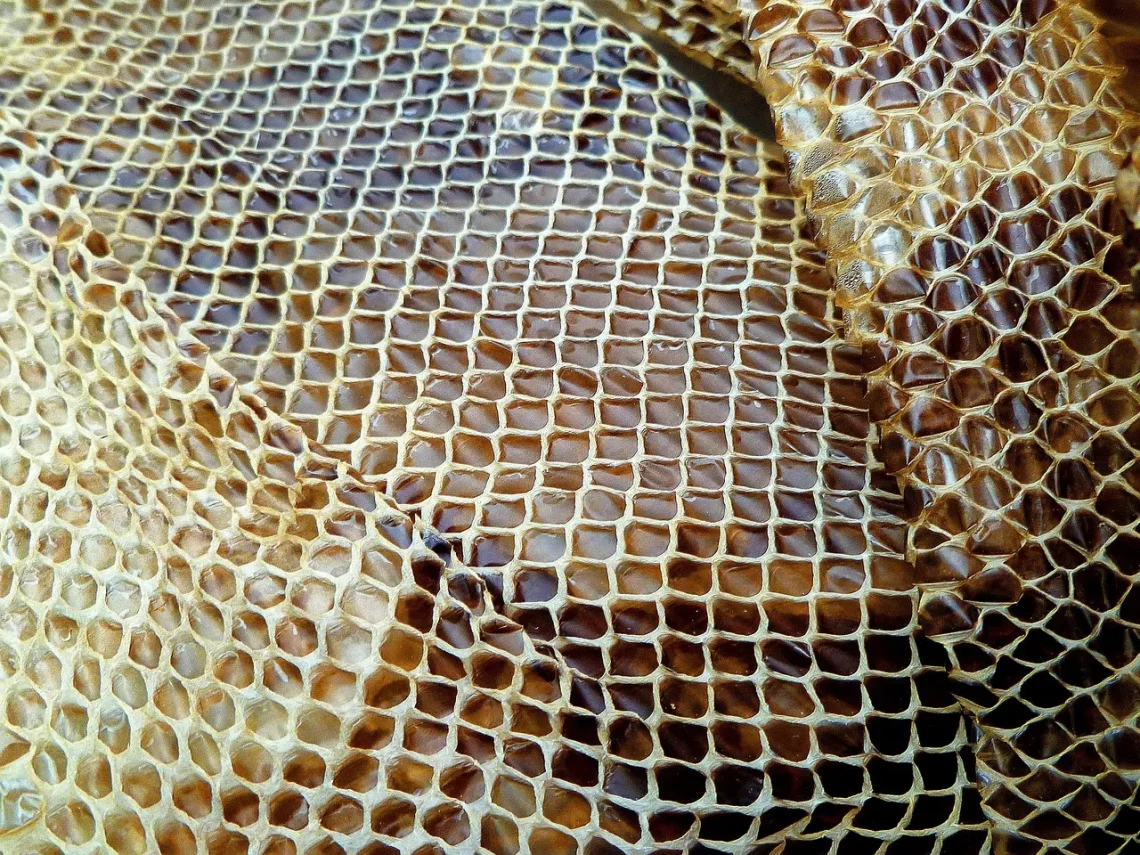
Do Springer Spaniels Shed? Understanding Their Shedding Habits
Springer Spaniels are renowned for their friendly demeanor and boundless energy, making them a popular choice among dog lovers. With their distinctive long, flowing coats and adorable floppy ears, these dogs are not only a joy to have around but also require specific grooming and care. One of the most common concerns potential and current Springer Spaniel owners have is regarding shedding. Understanding the shedding habits of this breed is crucial for maintaining a clean home and ensuring the dog’s well-being. Shedding is a natural process for dogs, influenced by various factors such as breed, health, and environment. It can vary throughout the year, with some seasons seeing more fur loss than others. This article delves into the specifics of Springer Spaniel shedding, what influences it, and how owners can manage it effectively.
Understanding the Shedding Process in Dogs
Shedding is a normal part of a dog’s life, and it is the process by which dogs lose old or damaged hair to make way for new growth. For Springer Spaniels, shedding can be influenced by their double coat, which consists of a soft undercoat and a long, protective outer coat. This dual-layered structure is designed to keep them warm and protect them from the elements, but it also means they can shed quite a bit, especially during seasonal changes.
The shedding cycle in dogs typically follows a pattern influenced by various factors, including the dog’s age, health, and even the climate in which they live. Dogs may shed more during spring and fall as they transition between their winter and summer coats. In the spring, they lose their heavier winter coat, while in the fall, they prepare for the colder months by growing a thicker undercoat.
Factors such as stress, diet, and health issues can also significantly impact shedding. For instance, a dog under stress or experiencing health problems may shed more than usual. Seasonal allergies can exacerbate this issue, leading to more fur loss as the dog scratches and bites at irritated skin.
Understanding these processes can help Springer Spaniel owners take proactive measures to manage shedding. Regular grooming not only helps in controlling loose hair but also promotes a healthy coat and skin. Brushing can remove dead hair before it falls to the ground, making it easier to keep the home clean. Regular baths can also help manage shedding by keeping the coat healthy and reducing loose fur.
Factors Influencing Shedding in Springer Spaniels
Several factors can influence the shedding patterns of Springer Spaniels. One of the primary factors is genetics. Like many breeds, Springer Spaniels have inherited traits that affect their coat type and shedding tendencies. Dogs with thicker coats may experience heavier shedding periods, while others may have a lighter shedding cycle.
Age is another significant factor. Younger dogs may shed differently than older dogs, as they are often more active and have different grooming needs. Puppies typically shed their baby coat as they transition to adult fur, which can lead to noticeable shedding during their first year of life.
Health issues also play a crucial role in the shedding process. Conditions such as skin infections, allergies, or hormonal imbalances can lead to excessive shedding. It’s essential for owners to monitor their dogs for any changes in shedding patterns, as sudden or severe shedding can be a sign of an underlying health issue that may require veterinary attention.
Furthermore, environmental factors can contribute to shedding. Changes in temperature, humidity, and exposure to allergens can all impact how much a Springer Spaniel sheds. For instance, dogs living in warmer climates may shed more frequently to regulate their body temperature, while those in colder areas may hold onto their coats longer.
Diet also affects the health of a dog’s coat. A balanced diet rich in essential nutrients can lead to a healthier coat, while poor nutrition may result in excessive shedding and skin problems. Ensuring that a Springer Spaniel receives high-quality food can help mitigate shedding and promote overall health.
Managing Shedding in Springer Spaniels
Managing shedding in Springer Spaniels involves a combination of regular grooming, appropriate nutrition, and environmental control. Grooming is perhaps the most effective method for controlling shedding. Regular brushing helps to remove loose hair, dirt, and debris from the coat, preventing it from ending up on furniture and clothing. For Springer Spaniels, it is recommended to brush them at least once a week, with more frequent brushing during heavy shedding seasons.
Using the right tools is crucial for effective grooming. A slicker brush or an undercoat rake can help penetrate the layers of fur, ensuring that both the outer coat and undercoat are properly groomed. Additionally, regular baths using a dog shampoo can help keep the coat clean and healthy, further reducing shedding by washing away loose fur.
Diet plays a significant role in managing shedding as well. A balanced diet rich in omega fatty acids can improve skin and coat health, leading to less shedding. Owners should consult their veterinarian to ensure they are providing a diet that meets their dog’s nutritional needs.
Creating a comfortable living environment can also help manage shedding. Regular vacuuming and cleaning can reduce the amount of fur that accumulates in the home. Additionally, using air purifiers can help reduce allergens that may contribute to excessive shedding.
Finally, regular veterinary check-ups are essential for monitoring the overall health of a Springer Spaniel. If a dog is shedding excessively, it is crucial to rule out any underlying health issues that may need addressing.
When to Seek Professional Help
While shedding is a natural process, there are times when it may indicate a more serious underlying issue. If a Springer Spaniel experiences sudden or excessive shedding, it is advisable to consult a veterinarian.
Signs that may warrant a visit to the vet include bald patches, skin irritation, or changes in behavior, such as increased scratching or biting at the skin. These symptoms can indicate allergies, skin infections, or other health problems that may require medical intervention.
Additionally, if there are changes in appetite, energy levels, or weight, these could also be signs of a health issue that needs to be addressed. A veterinarian can provide guidance on the appropriate steps to take, including potential dietary changes, medications, or treatments that may help improve the dog’s overall health and reduce shedding.
In conclusion, understanding the shedding habits of Springer Spaniels is key to maintaining their health and the cleanliness of your home. Regular grooming, a balanced diet, and awareness of environmental factors can all contribute to managing shedding effectively. By staying vigilant and proactive, Springer Spaniel owners can enjoy the companionship of their furry friends while keeping shedding under control.
—
**Disclaimer:** This article is for informational purposes only and is not intended as medical advice. For any health concerns regarding your pet, please consult a veterinarian.




